Can You Patch A Tire Twice? The Dos and Don’ts
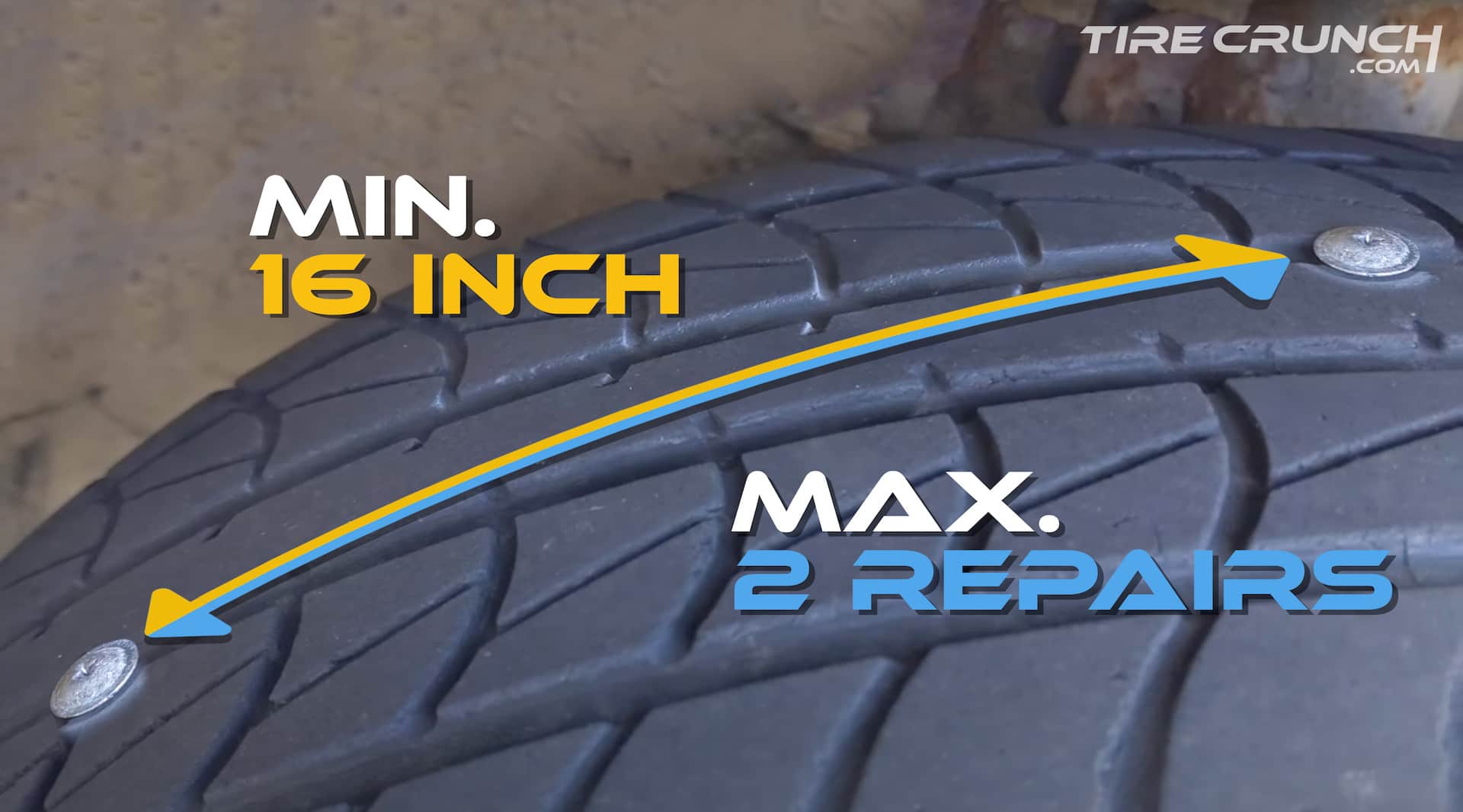
Flat tires can be frustrating, and it’s essential to know when it’s safe to patch them – especially if a tire has been repaired before.
In this blog post, we’ll dive into the controversy surrounding double-patching flat tires, the cases when double-patching is considered safe, the risks involved in multiple repairs, and explore alternatives to ensure your safety on the road.
Key Takeaways: Can You Patch A Tire Twice?
Understanding The Controversy Around Patching Tires Twice
The controversy around patching tires twice stems from the potential safety risks associated with multiple repairs on a single tire.
While some professionals may argue that it is possible to perform patches in different areas of a tire, others believe that any additional repairs compromise the integrity and performance of a tire, ultimately putting drivers at risk of accidents or blowouts.
The reason behind this is that each time a tire gets patched, it creates another vulnerable spot where air pressure could escape or debris could penetrate.
Is It Safe To Patch A Tire Twice?
When it comes to patching a tire, there are key guidelines and factors that car owners need to consider, in order to have a safe tire patch:
Distance between the damages
You can repair a tire twice if:
The Puncture is In The No-Repair Zone
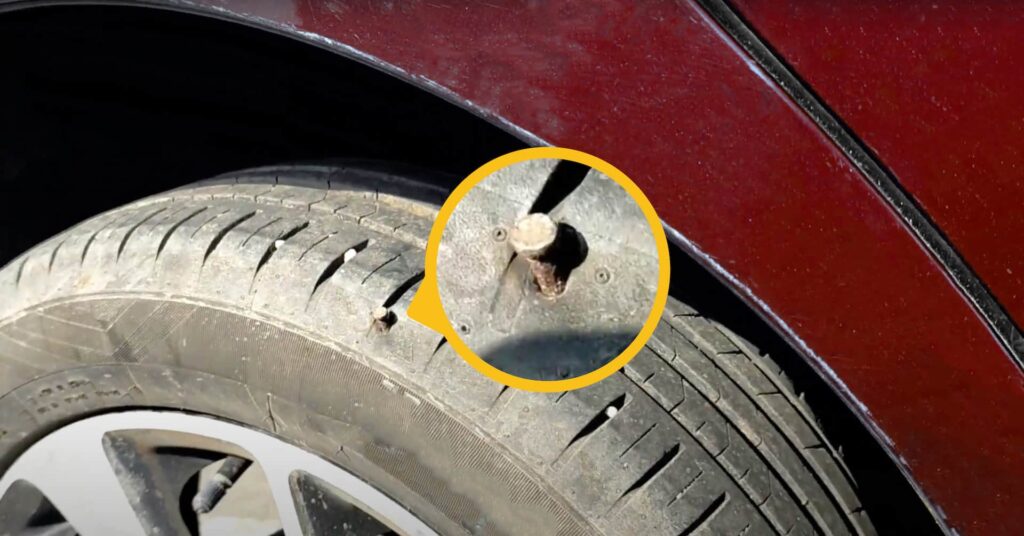
If the damage is located in the sidewall or close to it, it cannot be repaired and must be replaced immediately. In accordance with industry standards, tire shops won’t repair such punctures for safety reasons. On the other hand, punctures located in the tread area can often be patched, or plugged.
Age Of The Tire
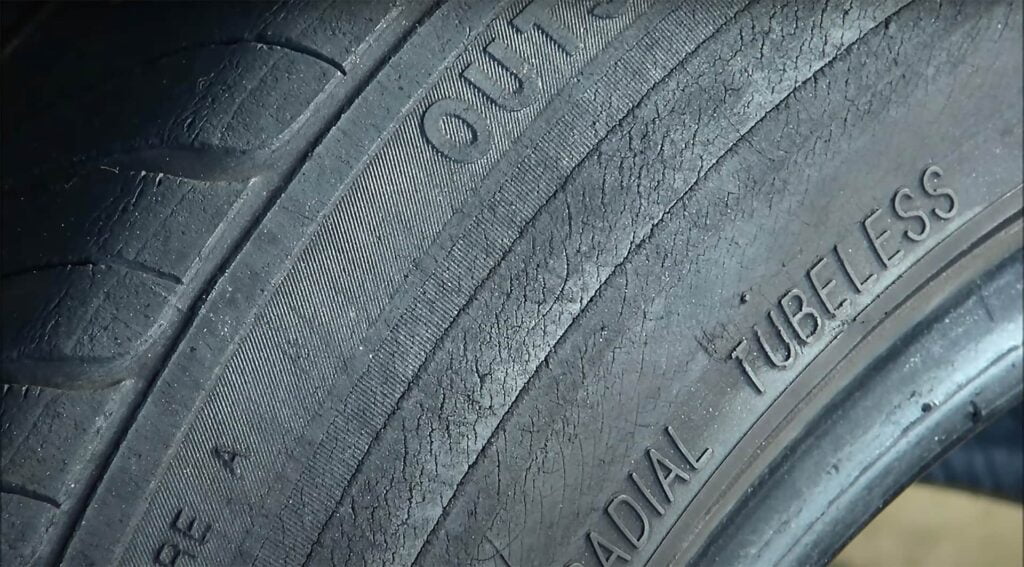
Age, condition, and the type of tire should be considered before repairing a tire. A common rule is that tires older than six years should not be repaired as they could cause safety hazards while driving.
Quality Of The Previous Repair
When considering patching a tire twice, it’s essential to assess the quality of the previous repair. A proper fix entails removing the tire from the wheel and inspecting the puncture area thoroughly. If the tire shop’s initial repair wasn’t done correctly, it might not be worth patching it twice.
Size Of The Damage
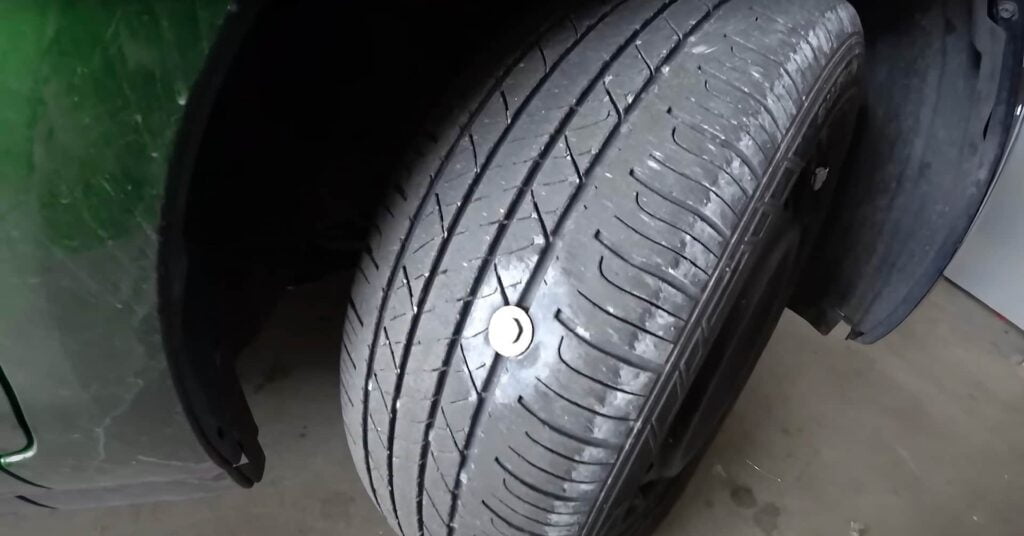
The general rule is that if the puncture hole is larger than ¼ inch, it cannot be repaired with a plug or patch.
Previous Tire Damages
If the tire has suffered significant damage such as tread separation, cracks in the sidewall, thread cracks, or sidewall bulges, then patching it is definitely not a safe option.
How Many Tire Patches Are Too Many?
Most tire shops advise against patching a tire more than two times. This guideline ensures that the rubber and steel belts in the tire do not weaken or deteriorate over time, compromising its structural integrity.
Plugging Vs Patching
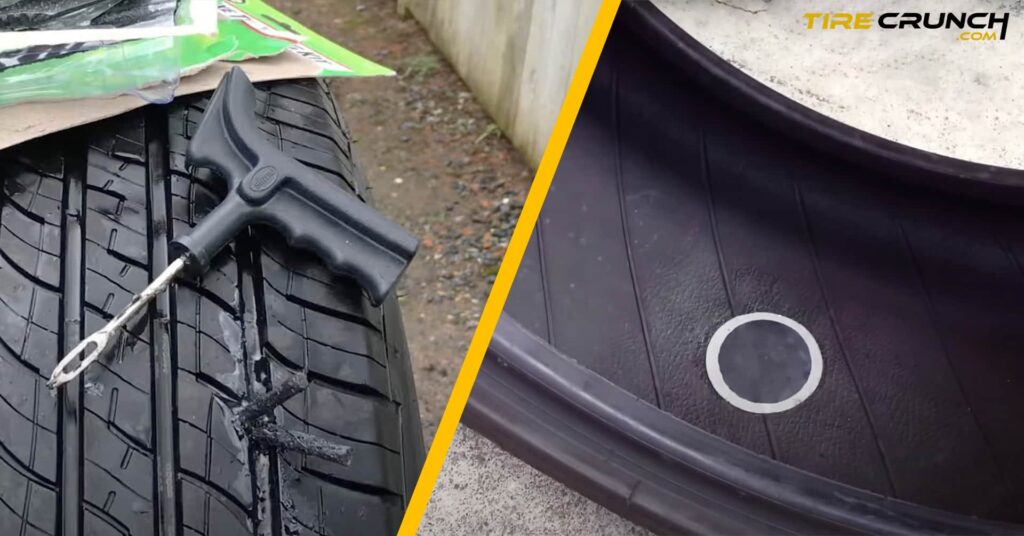
When it comes to tire repair, two common methods are plugging and patching. Plugging involves inserting a rubber plug into the punctured hole while patching entails applying an adhesive patch over the damaged area.
While both methods can safely repair a tire, many experts consider the combination of plugging and patching as the best option for permanent tire repairs.
The reason is that patches provide reinforcement to the interior of the tire while plugs seal up any remaining air leaks outside. This way, you get double protection from further damage or blowouts.
How Long Can You Drive On A Patched Tire?
A proper repair job using a plug-patch can keep the tire inflated indefinitely – unless, of course, you get another puncture.
The only consideration is that some tire manufacturers no longer support the speed rating of a repaired tire, making it unwise to take your high-performance car to a track day with a patched tire.
Benefits Of Tire Patching
1. Reasonable Price
The primary advantage of patching a tire is that it is usually cheaper than replacing the tire altogether. Additionally, when all four tires have the same tread depth, they will all wear evenly. This helps to ensure that your vehicle handles properly and provides optimal traction on the road.
2. Quick Repair
Another benefit of patching a tire is that it can be done quickly and easily by most repair shops or mechanics. Tire plugs are also an option for fixing punctures in tires, but patches are generally considered to be a better quality repair. Patches cover a larger diameter than plugs, making them more effective at sealing out air and moisture from entering the punctured tire.
3. Designed to Last
Finally, patches are designed to last for the life of the tire as long as the proper procedure was followed during installation. This means you don’t have to worry about having to replace your patched car tires any time soon.
Related Reading: What You Need To Know Before Patching A Run-Flat Tire
Final Words: Tire Replacement Is The Safest Option
If double-patching a tire isn’t recommended, what are your other options? Tire replacement is generally considered the safest option when it comes to tire repair. While patches and plugs may be effective in repairing small punctures, they cannot guarantee the same level of safety as a new tire would provide.
Moreover, replacement also eliminates potential issues such as underlying damage that may not have been visible during inspection. When you replace your damaged tire instead of attempting a repair, you give yourself peace of mind knowing that your car is equipped with reliable and safe equipment.
